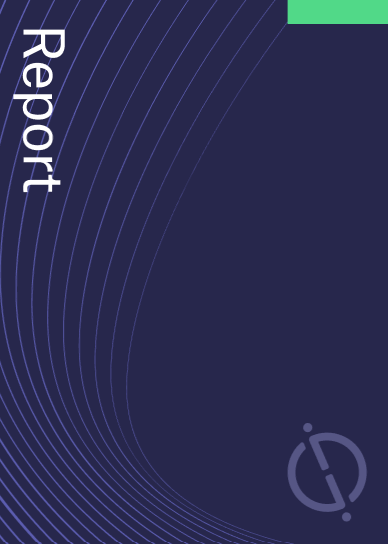Goldman Sachs has filed a patent for a drone elimination muffler that aims to reduce the noise produced by engine exhaust systems. The muffler consists of a canister and a tuned port that work together to dampen and attenuate the drone or resonance at various engine frequencies. The patent also includes a valve that allows the muffler to switch between a closed state, where it has no acoustic influence, and an open state, where it directly affects the exhaust system’s acoustic properties. GlobalData’s report on Goldman Sachs Group gives a 360-degree view of the company including its patenting strategy. Buy the report here.
According to GlobalData’s company profile on Goldman Sachs Group, digital lending was a key innovation area identified from patents. Goldman Sachs Group's grant share as of September 2023 was 81%. Grant share is based on the ratio of number of grants to total number of patents.
Drone elimination muffler for attenuating exhaust system noise
A recently filed patent (Publication Number: US20230304425A1) describes a drone elimination muffler designed to reduce the noise produced by exhaust systems in drones. The muffler consists of a canister with a hollow cylindrical body and a tuned port that connects to the exhaust system. The canister and tuned port work together as a dampener to significantly reduce exhaust drone at various engine frequencies.
The second claim specifies that the tuned port is connected to the exhaust system between a catalytic converter and a muffler, allowing the canister and tuned port to be in fluid communication with the exhaust system. Alternatively, the tuned port can be connected at the outlet of the muffler.
The patent also mentions the inclusion of a damper within a joint between the canister and the exhaust system. This damper is made of a 40% open perforated stainless steel sheet, which helps further reduce drone noise.
Additionally, the patent describes the use of a valve that enables the muffler to switch between a closed state, where the exhaust system operates without acoustic influence from the muffler, and an open state, where the muffler directly affects the acoustic properties of the exhaust system.
The method described in the patent involves selecting a suitable canister and tuned port for the muffler, considering the operating temperature of the exhaust system. The size of the muffler is maximized to increase the effective bandwidth of attenuation, and the natural frequency of the muffler is optimized to match the excitation frequency of the exhaust system.
Thermocouples are used to monitor the temperature of the tuned port and canister, allowing for optimization of drone attenuation during changes in exhaust gas temperature.
The patent also suggests incorporating a valve into the tuned port, coupling the muffler with a source of secondary noise for destructive acoustic interference, and using additional components such as pistons, springs, baffles, rings, dampers, and joints to further optimize drone attenuation across a range of operating speeds.
Overall, this patent presents a drone elimination muffler and a method for reducing exhaust drone in drones. The design and configuration of the muffler, along with the use of thermocouples and additional components, aim to effectively attenuate drone noise at various engine frequencies.
To know more about GlobalData’s detailed insights on Goldman Sachs Group, buy the report here.
Data Insights
From

The gold standard of business intelligence.
Blending expert knowledge with cutting-edge technology, GlobalData’s unrivalled proprietary data will enable you to decode what’s happening in your market. You can make better informed decisions and gain a future-proof advantage over your competitors.







